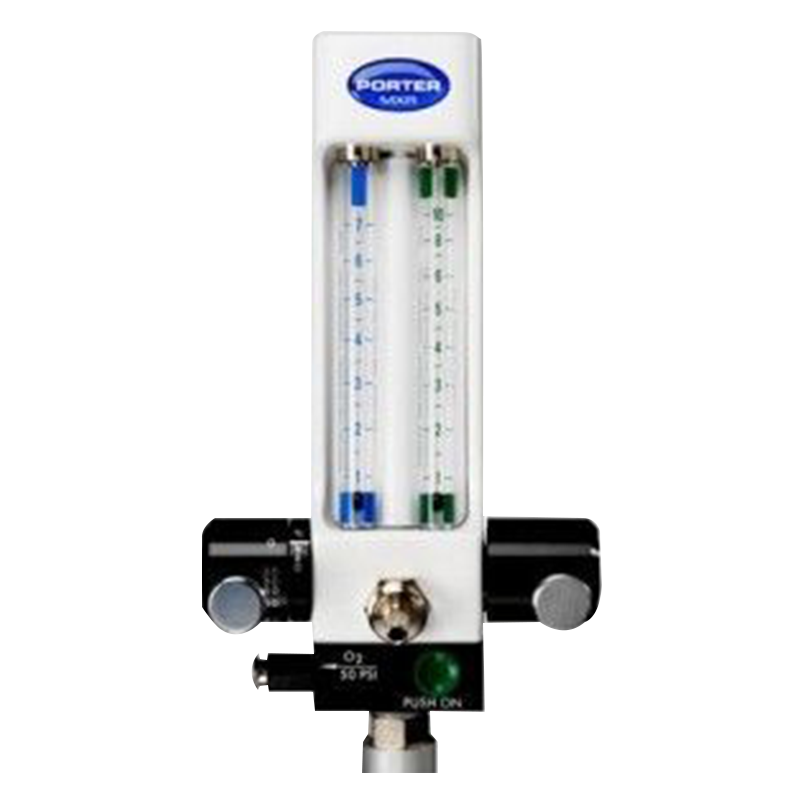Nitrous Oxide Sedation
Nitrous Oxide Inhalation Sedation (Laughing Gas)
Inhalation sedation goes by many names such as: laughing gas, happy gas, nitrous, nitrous oxide and N2O-O2. Inhalation sedation with nitrous oxide (N2O) and oxygen (O2) is the most commonly used sedation technique in dentistry.
Nitrous oxide is effective for mild to moderate fear and anxiety and can be combined with an oral sedative to deepen the sedation.

How Does Nitrous Oxide Work?
Nitrous oxide (N2O) is a gas which you can breathe. It is colorless, odorless and doesn’t irritate. It is mixed with Oxygen in a device call a regulator to achieve proper concentration.
Nitrous oxide simply helps reduce pain and it gives you a pleasurable, tingly feeling. After breathing the gas for about 5 minutes you will feel a light headed sensation that will spread to your entire body. It feels like a getting a buzz after a few drinks. Some people will react to the light headedness by giggling or laughing. Thus the term laughing gas.
N2O suppress almost all forms of sensation – especially hearing, touch and pain. The ability to concentrate or perform intelligent acts is only minimally affected, as is memory.

How Is Nitrous Oxide Administered?
Nitrous oxide is delivered via a hose from the source to a nitrous oxide mask that fits over your nose. The nitrous mask serves two functions. One to deliver the gas and the other is remove excess gas so your dentist won’t breathe it.
All you have to do is breath thru your nose to inhale the gas. The gases are mixed by a device called a regulator shown here.
Comparison of Sedation Types
| Nitrous Oxide | Enteral/Conscious (pill & nitrous) | IV Sedation | |
|---|---|---|---|
| Chance of “waking up” or being alert during procedure. | Nitrous OxideYou will be alert during procedure but feel woozy. | Enteral/Conscious (pill & nitrous)Yes | IV SedationNo |
| Best Use | Nitrous OxideMild anxiety or fear; any length appointment. | Enteral/Conscious (pill & nitrous)Mild to moderate fear or anxiety; short to medium length appointments. | IV SedationModerate to severe fear or anxiety, medium to long length appointments. |
| Medication | Nitrous OxideNitrous Oxide Only | Enteral/Conscious (pill & nitrous)Halcion, or similar sedative drug, plus Nitrous Oxide. | IV SedationIV administered medications. |
| Monitoring | Nitrous OxideBP, pulse, respiratory rate monitored by Dentist. | Enteral/Conscious (pill & nitrous)BP, pulse, respiratory rate monitored by Dentist. | IV SedationPulse oximetry, BP, pulse, respiratory rate monitored by Anesthesiologist. |
| Effects on Gag Reflex | Nitrous OxideNone | Enteral/Conscious (pill & nitrous)Reduction in gag reflex | IV SedationNo gag reflex |
| Effects on memory of appointment | Nitrous OxideNone | Enteral/Conscious (pill & nitrous)Moderate reduction of memory of appointment. | IV SedationNo memory of appointment. |
| Six hour fasting food, no liquids 2hr prior to appointment. | Nitrous OxideNo | Enteral/Conscious (pill & nitrous)Yes | IV SedationYes |
| Need adult responsible party for ride home and recovery. | Nitrous OxideNo | Enteral/Conscious (pill & nitrous)Yes | IV SedationYes |
| Recovery period | Nitrous Oxide20 minutes | Enteral/Conscious (pill & nitrous)6-8 hours | IV Sedation2-4 hours |
| Medically compromised patient | Nitrous OxideYes, depends on medical condition | Enteral/Conscious (pill & nitrous)No | IV SedationYes, Medical Doctor Anesthesia Certified present |
| Age restrictions | Nitrous OxideAll ages | Enteral/Conscious (pill & nitrous)18+ | IV SedationAll ages determined by Anesthesiologist |
| Cost | Nitrous Oxide$ | Enteral/Conscious (pill & nitrous)$$ | IV Sedation$$$ |
Advantages of Nitrous Oxide
- Nitrous oxide works quickly – it arrives in the brain in about 20 seconds and the effects of the gas begin within 2 to 3 minutes.
- The degree of sedation can be adjusted easily for achieving the proper effect.
- The effects of the gas are eliminated from your system within 5 minutes. You will be able to safely drive home or back to work.
- Nitrous oxide sedation is very safe. There are very few know side effects and the gas used has no ill effects on the heart, lungs, liver, kidneys, or brain.
Disadvantages of Nitrous Oxide
- Some individuals may feel nauseated with the gas or uncomfortable with the way it makes them feel.
- Some people may not achieve acceptable levels of sedation with gas alone.
- If your nose is stopped up or if you have trouble breathing through your nose you will not be able to breathe in adequate amounts of nitrous oxide and oxygen.
Are There Any Contraindications?
The main contraindications are few. They include MS and emphysema. Nitrous oxide is not indicated for pregnant patients.
